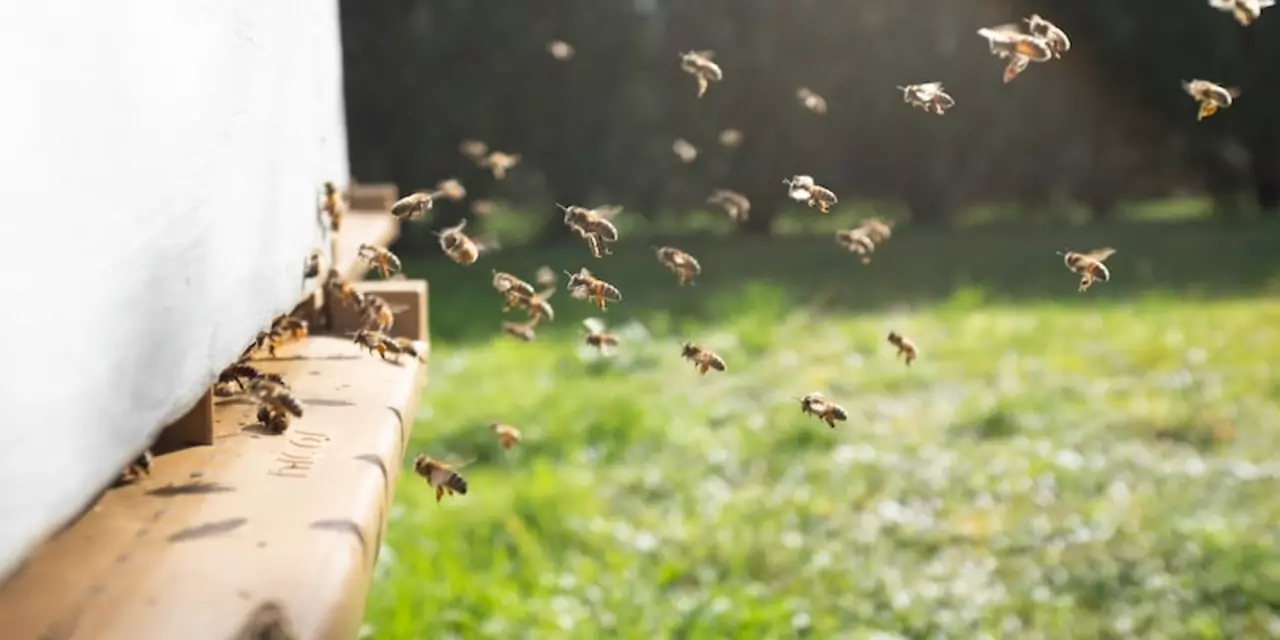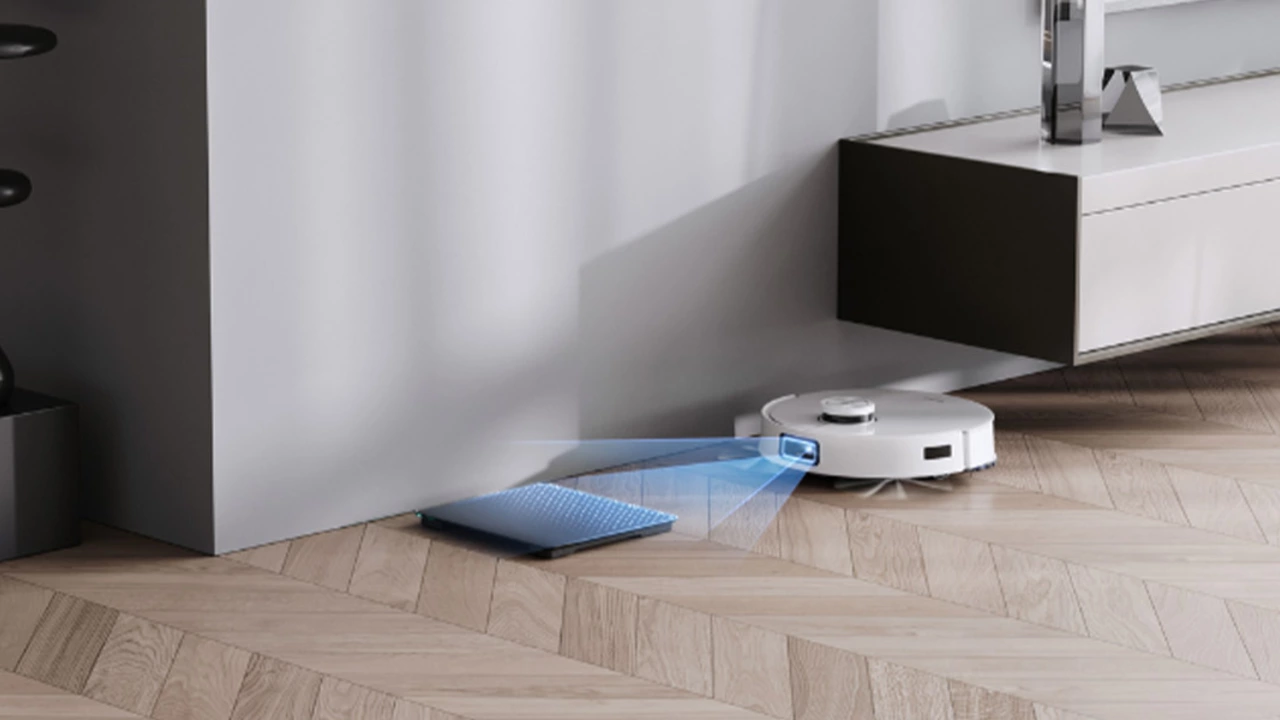As a beekeeper, you know how important it is to keep your beehive warm. Without the right insulation, your beehive can become too cold and your bees may not survive the winter. But with proper insulation, your hive can stay warm and your bees will be happy and healthy.
The first step to keeping your beehive warm is to make sure it is properly insulated. Insulation works by trapping air and creating a barrier between the inside and outside of your hive. Different materials can be used for insulation, such as foam, fiberglass, or even straw. When choosing insulation, make sure the material is thick enough to keep the cold out, but not so thick that it restricts airflow.
Once you have chosen the material for your insulation, you need to install it properly. Make sure you follow the manufacturer’s instructions for installing the insulation, as this will ensure it is installed properly and will provide the best protection. You will also want to make sure that your insulation is securely fastened to the walls of the hive.
Finally, you will want to make sure the roof of your hive is properly sealed. This will help keep the warm air inside the hive and the cold air outside. You can use caulk or weather stripping to seal the roof, or you can use a special roofing material designed specifically for beehives.
By following these steps, you can ensure your beehive is well insulated and will stay warm throughout the winter. By keeping your hive warm, you can ensure your bees are healthy and happy all year long.
As beekeepers, we recognize the importance of keeping our hives warm and cozy during the winter months. Keeping your beehive warm in the winter helps promote healthy bee activity and can even help extend the lifespan of your hive. Here are some tips to help you winterize your beehive and keep your bees warm.
1. Add a Hive Wrap
A hive wrap is a great way to help keep your beehive warm in the winter. A wrap is essentially an insulated blanket that helps protect the hive from the cold temperatures. Look for wraps that are specifically designed for beehives, as they are typically made of a special material that is designed to match the shape of the hive.
2. Use a Heat Source
If your hive is located in an area where temperatures can dip below freezing, you may want to consider using a heat source to keep it warm. There are several options available, including electric heating pads, ceramic heaters, and even bee-safe candles. Make sure to follow the manufacturer’s instructions when using any type of heat source, as improper use could be dangerous for your bees.
3. Insulate the Hive
Insulating your beehive can help keep the warm air in and the cold air out. You can use a variety of materials, such as straw, wood shavings, or even cardboard. Make sure to cover all openings, including the bottom and top of the hive, to prevent cold air from entering.
4. Monitor the Temperature
It’s important to monitor the temperature of your beehive throughout the winter. Installing a hive thermometer can help you keep an eye on the temperature and make sure it stays within the optimal range (between 35°F and 90°F). If the temperature drops too low, you may need to take additional steps to keep the hive warm.
By following these tips, you can help ensure that your beehive stays warm and cozy throughout the winter. Keeping your bees warm and comfortable can help promote healthy bee activity and even extend the lifespan of your hive.
Keeping a beehive warm is essential for the health and well-being of your bees. While bees are able to survive cold temperatures, they thrive in a warmer environment. As a beekeeper, it is your responsibility to make sure your bees have the warmest environment possible so they can thrive.
One of the best ways to keep your beehive warm is to insulate it. This will help to retain the heat inside the hive and prevent it from escaping. You can use a variety of materials to insulate your hive, such as foam board, mineral wool, or beekeeper's quilt. If you are using a beekeeper's quilt, make sure it is made from natural fibers such as wool or cotton, as synthetic materials can trap moisture.
Another option is to provide extra warmth to your hive with a top bar heater. This device sits on top of the hive and generates warmth to the hive by using heat-conducting elements. Top bar heaters are a great way to keep the hive warm during colder months.
You can also provide extra warmth to the hive by placing a bee box in the sun or near a source of heat. This will help to provide extra warmth to the hive and will also help to regulate the temperature inside the hive. Make sure you don't overheat the hive, as this can be dangerous for the bees.
Finally, you can provide extra warmth to the hive by adding honeycomb or sugar syrup. Both of these substances are high in carbohydrates and will help to provide extra energy to the bees and keep the hive warm.
By following these tips, you can create a warmer environment for your bees and help them to thrive. Make sure to monitor the temperature of your hive and keep it within a suitable range for your bees.
The colder months of winter can be a difficult time for beekeepers, as the temperature starts to drop and the bees become less active. Keeping the hive warm during the winter months is essential for the bees to stay healthy and thriving. Here are some benefits of heating your beehive during the winter:
- Protection from the Cold: By keeping your beehive warm during the winter, you are protecting the bees from the cold temperatures which can cause stress and other health issues.
- Improved Pollination: When the temperature is too cold, the bees will not be able to fly and therefore will not be able to pollinate the flowers and plants. By keeping your beehive warm, you will be able to ensure that the bees can still pollinate during the colder months.
- Higher Honey Production: The warmer weather during the winter months can also help to increase honey production as the bees will be more active and will be able to produce more honey.
By heating your beehive during the winter months, you will be able to ensure that your hive is healthy and thriving. This will help to protect your bees from the cold temperatures and will also increase honey production.
When it comes to keeping your beehive warm, ventilation is key. A beehive needs to be ventilated in order to properly circulate the air inside the hive, which helps to keep the hive warm. Without proper ventilation, the temperature inside the hive can become too hot or too cold, which can lead to the death of the bees.
Ventilation allows the hive to regulate its temperature more effectively, allowing the bees to be more comfortable. The air should be able to flow freely through the hive, which can be accomplished by having air vents or holes in the hive. The size and placement of the vents should be considered carefully, as too much or too little ventilation can have a negative effect on the hive.
In addition to ventilation, proper insulation is also important for keeping the beehive warm. A properly insulated hive helps to keep the temperature stable and can also protect the hive from extreme temperatures. There are several different types of insulation that can be used for a beehive, such as Styrofoam, wood, or straw.
Finally, it is important to make sure that the beehive is placed in an area that is out of direct sunlight. Too much sunlight can cause the hive to become too hot, which can be detrimental to the health of the bees.
By taking the time to properly ventilate and insulate your beehive and place it in an area out of direct sunlight, you can help to ensure that your hive remains warm and comfortable for your bees.


